Fuji X100S
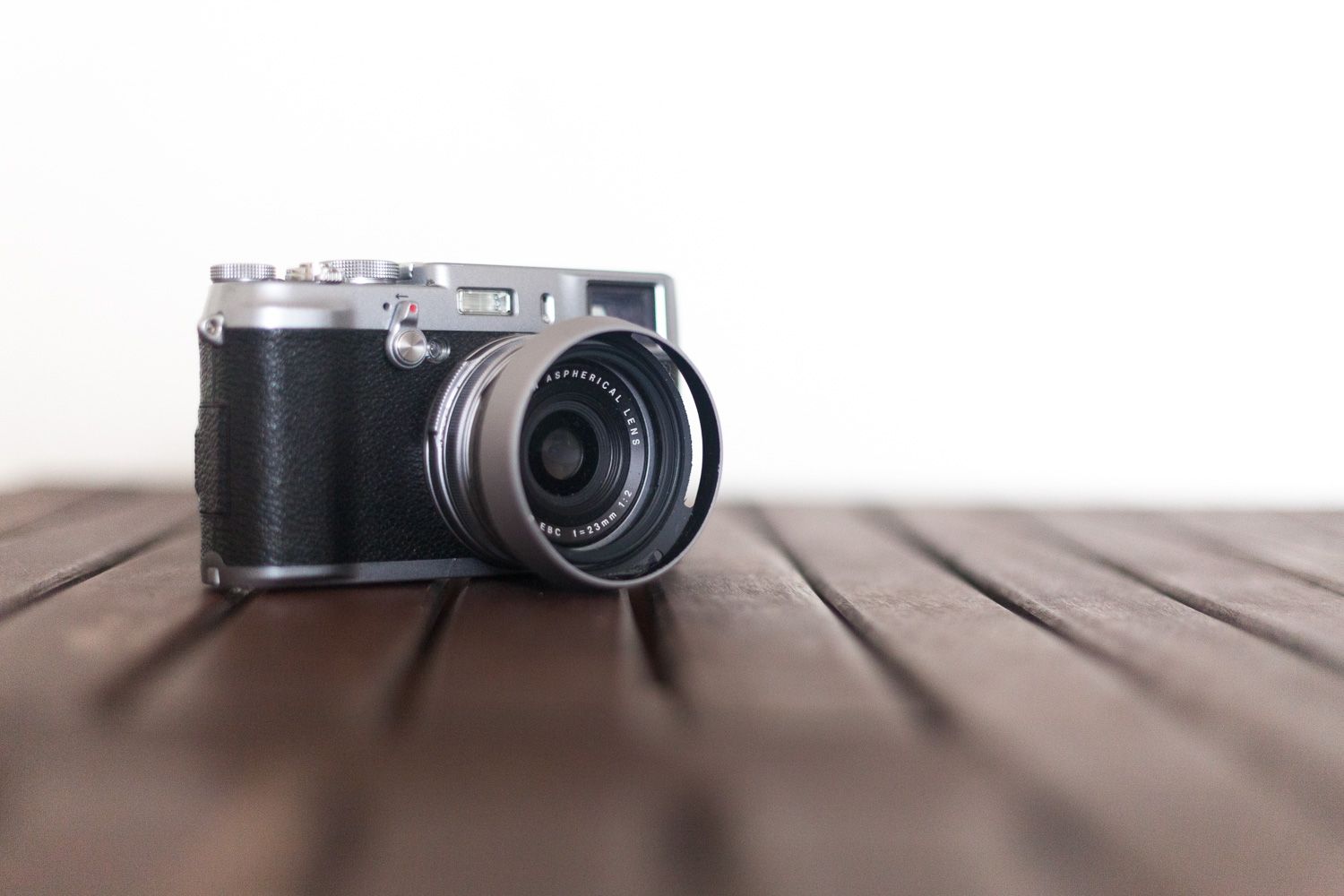
It has been a little over ten months since I became the happy owner of a Fuji X100S.
This charming rangefinder remains among the most universally lauded cameras of its generation. Since its release, there has been no shortage of first impression reviews, spec analyses, and pixel-peeping comparisons against cameras within and beyond its class.
Instead of adding my voice to that choir, this review falls into the category of experiential reviews, which aren’t quite as numerous.
To be clear, photography is not my main source of income, nor even a meaningful one. Photography is my hobby, and I would rather keep it that way than try to force money out of it at the expense of enjoyment.
A camera is a difficult thing to review, and only now do I finally feel like I’ve spent enough time using this one to be able to offer my perspective.
The Ugly Duckling
I won’t waste time telling you what the Fuji X100S looks like—you can see that for yourself at first glance. Instead, I want to talk about my X100S in particular.
It was acquired second-hand, in a trade that fell very much in my favour—just another happy day on Craigslist—and it looks the part.
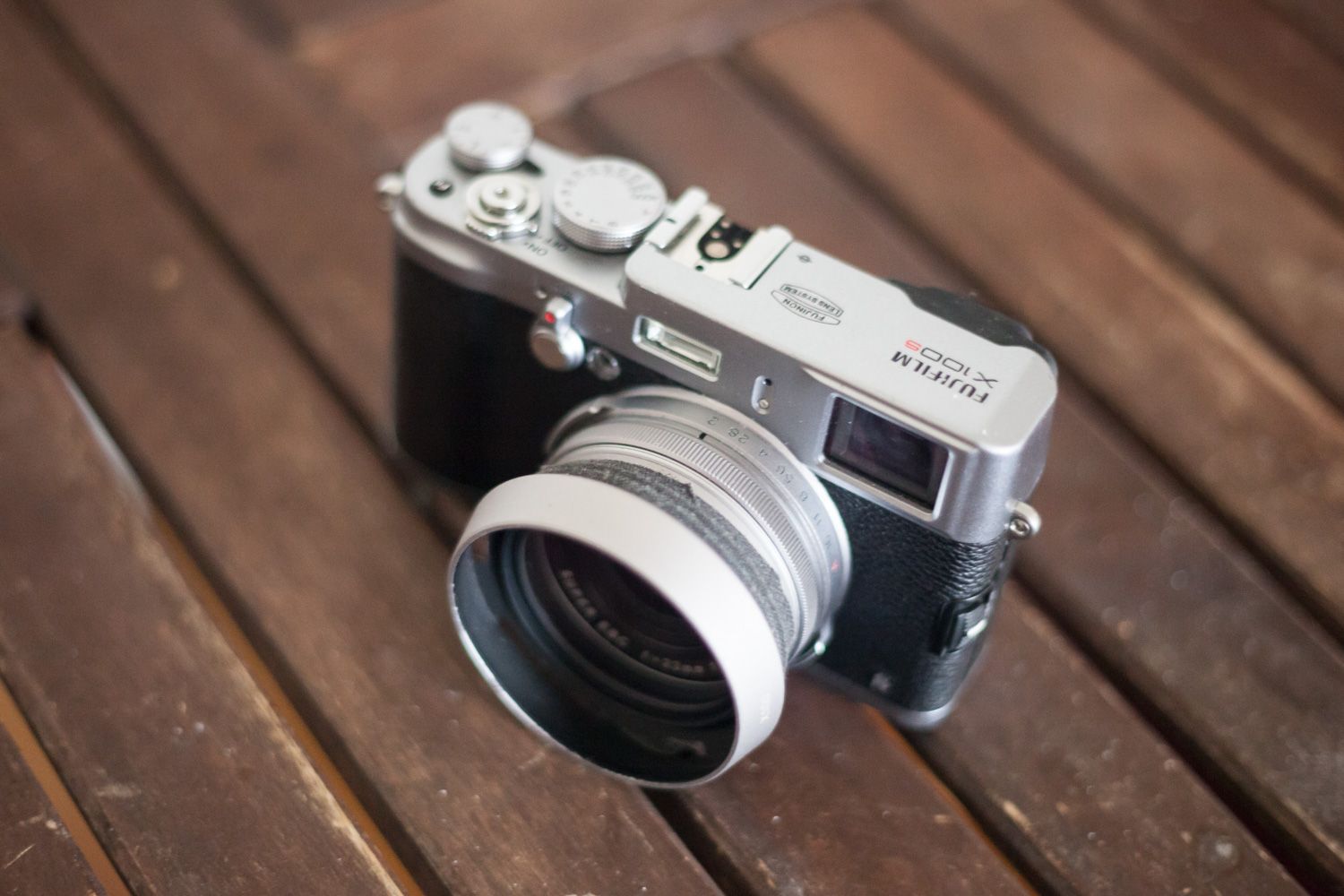
The body has scuffs here and there, the lens hood has electrical tape wrapped around it, there’s no screen protector, no case, not even a lens cap. The focus ring sticks sometimes, the body looks weathered…this camera has seen some shit.
In other words, it’s a camera that’s been used rather than simply owned.
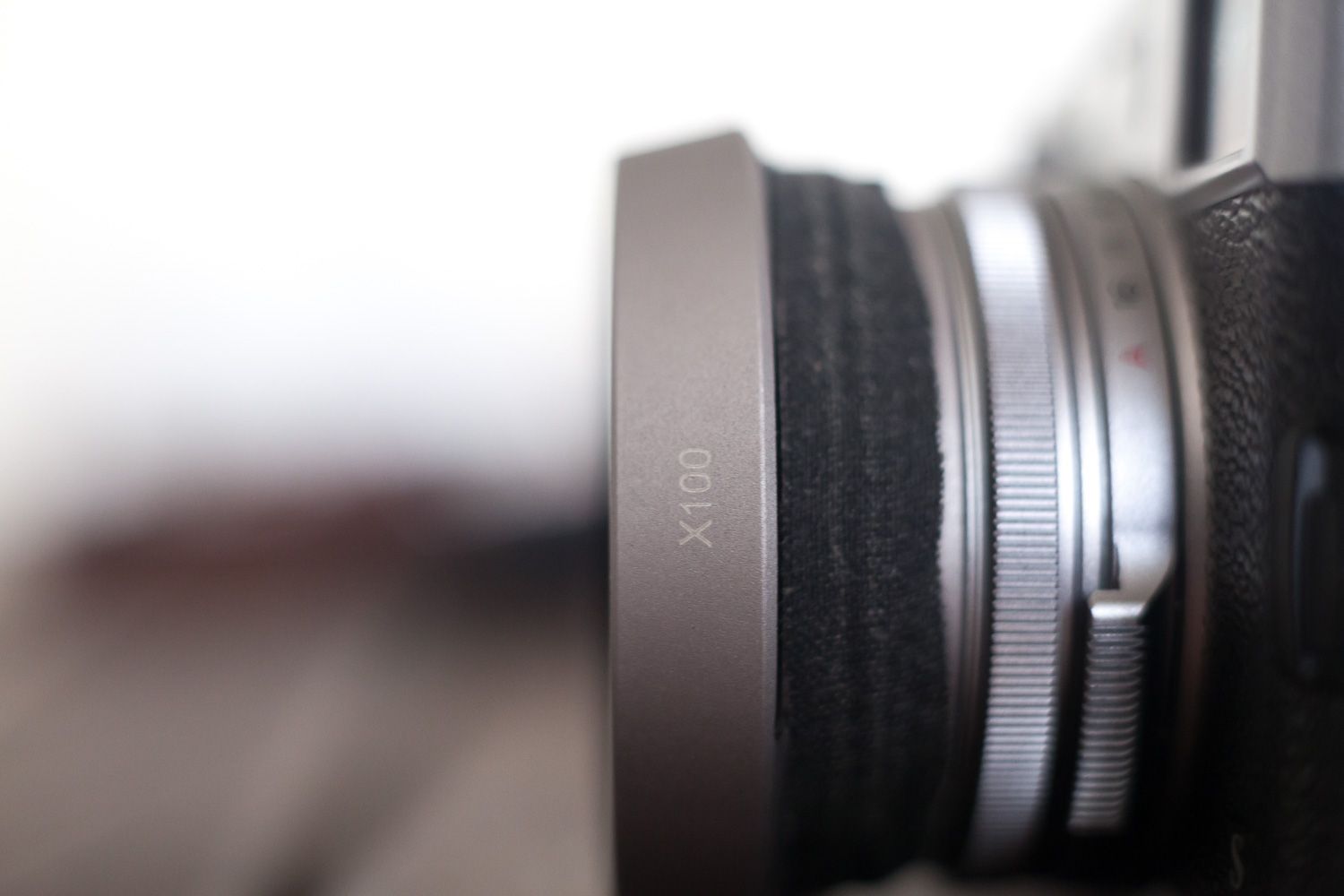
I didn’t fully grasp the distinction until I got the Fuji. Something about its condition provoked a shift in my awareness and, consequently, my attitude about shooting.
I’ve struggled, like many photographers, with the problem of carrying your camera everywhere and being willing to take it out at a moment’s notice to capture a terrific shot. What if I drop it? What if it gets wet? What if I bother someone? What if it gets scratched?
It sounds silly written down, but the feeling is very difficult to shake.
Taking it everywhere means the entire camera kit needs to be fairly portable or you need to be willing to lug it around, and having quick access to it means it can’t be buried deep in a bag. The simple fact that you have to remove it and turn it on will often stop you from doing so.
With my previous setup, a Canon 5D MKII and either my 50mm or a zoom, the camera was very literally a burden. It was heavy, and I kept it in a case when I traveled…where it tended to remain whenever there wasn’t adequate time to pause and set up a shot.
Even a single step between imagining and taking a photograph can be enough to extinguish the motivation.
Seeing this Fuji’s physical condition made me feel reassured that it was willing and eager to take whatever I threw at it—as long as I was out taking photos.
If you had told me a year ago that I would be carrying around a camera with no lens cap and no protective cover (besides a UV filter on the lens), I wouldn’t have believed you. I buy my devices new and I am keen to keep them in impeccable shape, but the Fuji reminded me that it was built for this.
Today, I still find myself making excuses now and then for not bringing the camera with me, but I’m working on it. Sometimes I take it with me and don’t end up with any photos—with the Fuji, that’s fine too because it’s so compact and portable that I hardly notice it.
To me, the most important consequence of my new perspective and new camera is that I’m taking more photos.
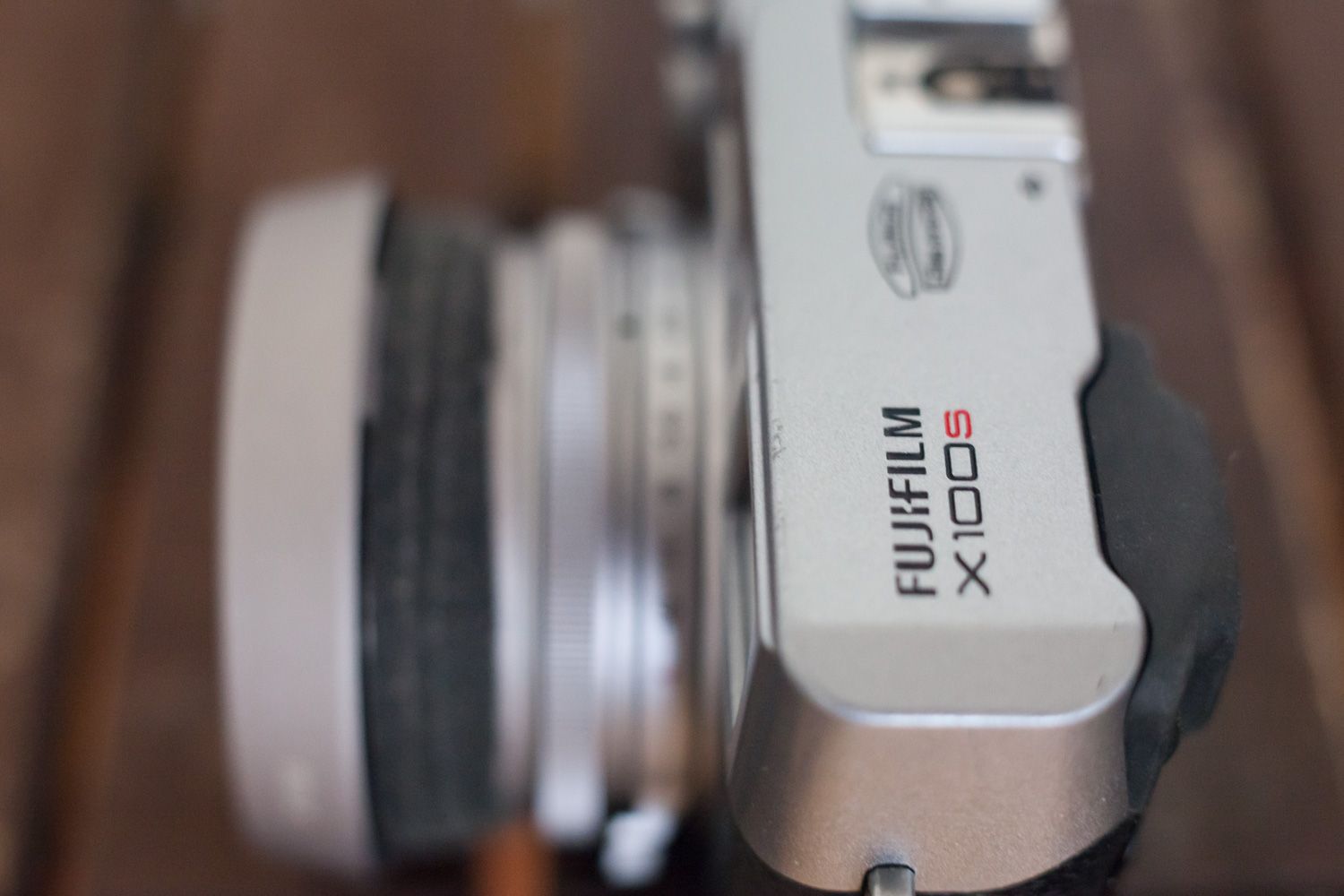
Designing for Photographers
You’d be hard-pressed to find a more opinionated branch of creatives than the photographers. When the subject is gear, everyone is eager to express and defend their preferences for ergonomics, shooting techniques, and equipment choice.
Building for such a difficult crowd is a daunting challenge, but Fuji makes it look easy. The X100S is one of the most confidently designed products I have ever used, with every dial and button feeling purposeful and appropriate.
As someone who has shot exclusively on Canon cameras before this, my experience with learning the new menu system and physical interface was surprisingly intuitive.
The X100S prioritizes manual controls over all else, offering a lens ring to control aperture as well as the expected manual focusing.
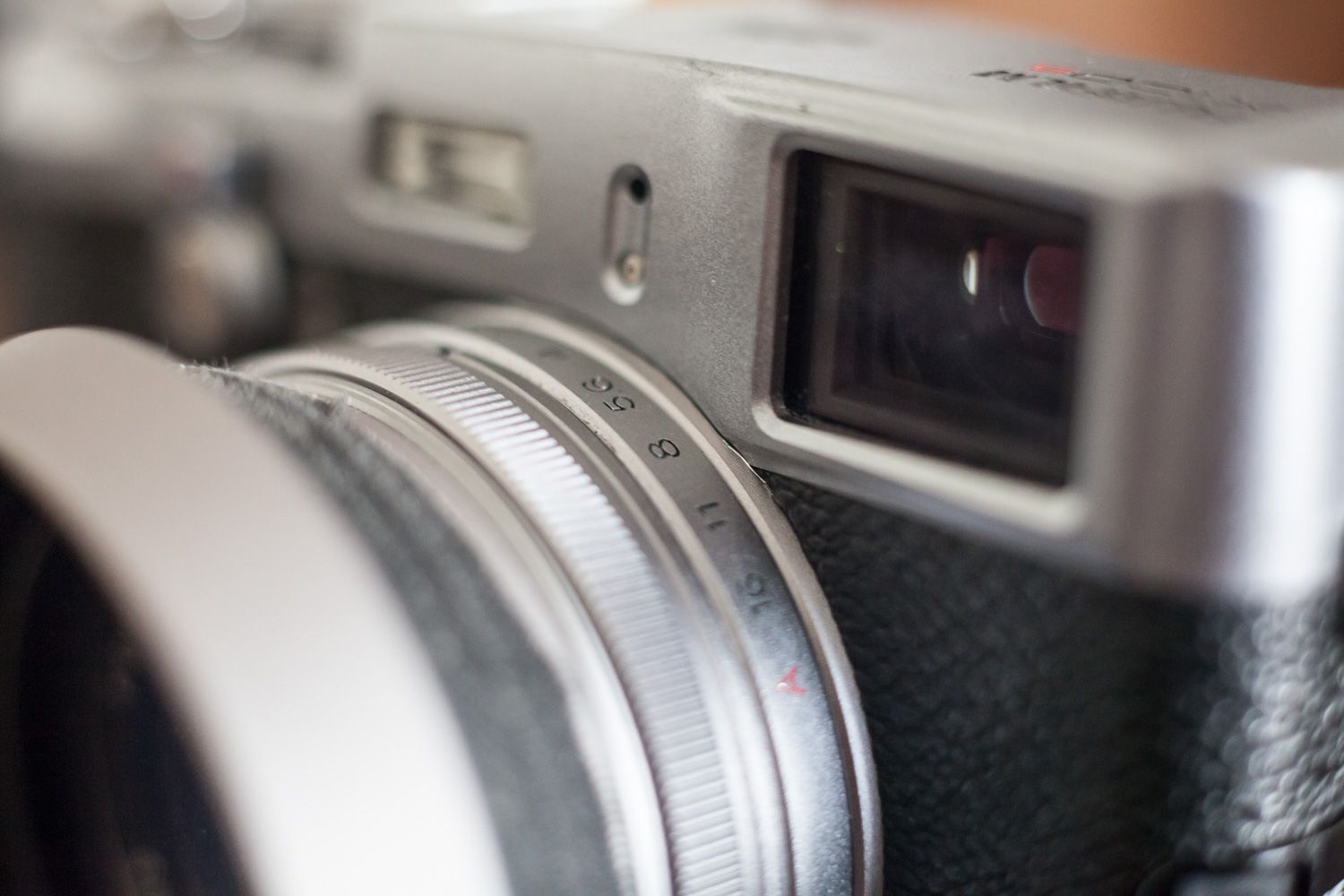
Shutter speed is likewise controlled via a dial, and once your settings are chosen, the exposure can be fine-tuned using the exposure compensation dial.
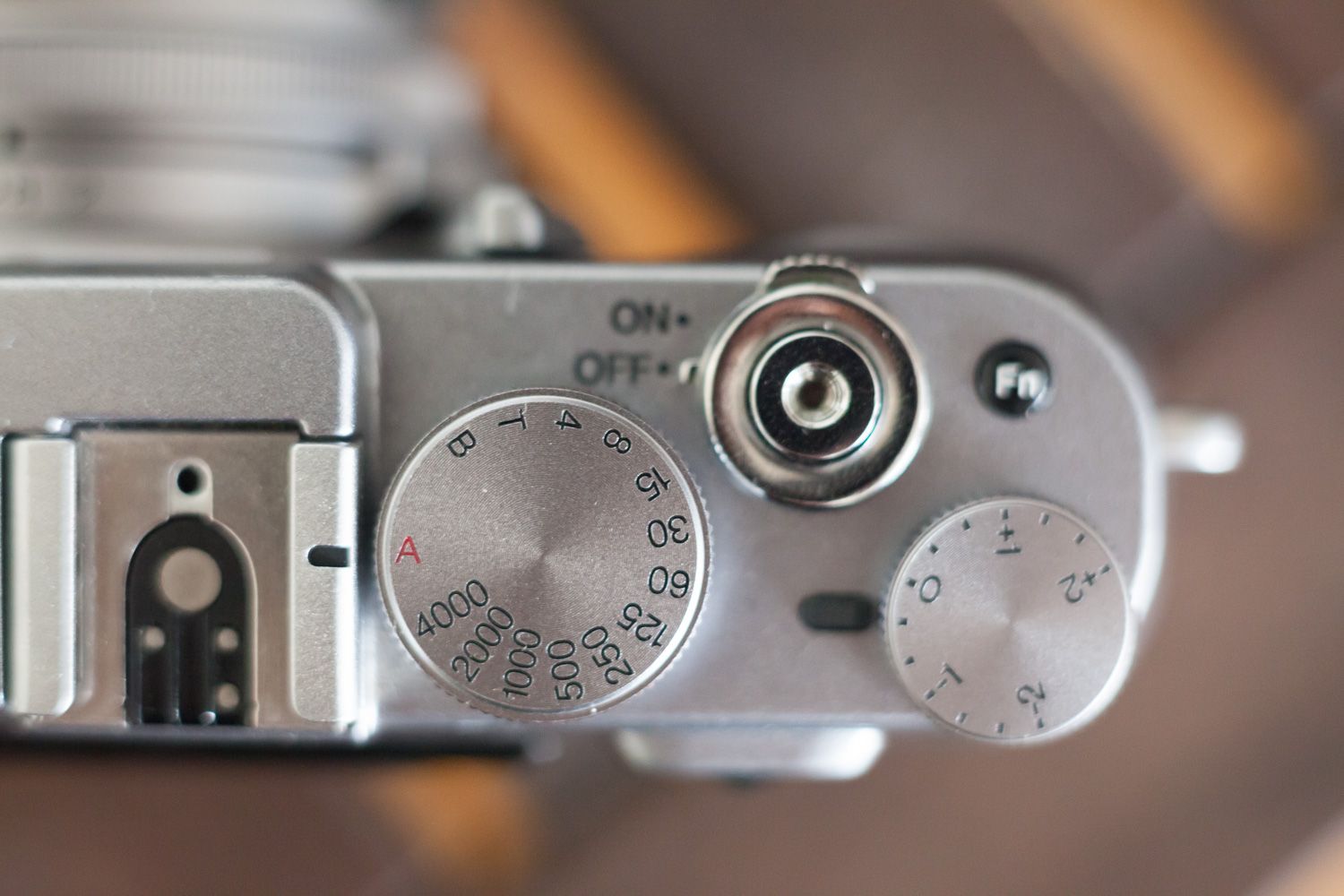
The fact that all of this can be done without diving into any menu or interacting with the digital side of the interface at all is a breath of fresh air. As a composer, I liken it to the difference between working on a software synth using a mouse versus a hardware synth or controller.
The tactile workflow has a profound influence on the experience of shooting with the Fuji, and despite my affection for the build quality and interface of my Canon 5D MKII, I have to admit that the Fuji just feels better to shoot with.
It brings me closer to the craft of photography, forces me to be more involved in the process, and in the same stroke ensures that my results will be that much more rewarding.
Analogue Heart, Digital Brain
The X100S might look like a piece of vintage equipment, but it is decidedly modern in its capabilities.
Beneath the retro-chic veneer lies a sophisticated digital camera with many clever tricks up its sleeve. The first one worth mentioning is the EVF.
For whatever reason, I’ve never become accustomed to taking photos using the screens available on digital cameras. I’ve always loved having a viewfinder. That being said, I’m not as picky as some about whether or not that viewfinder is optical or electronic.
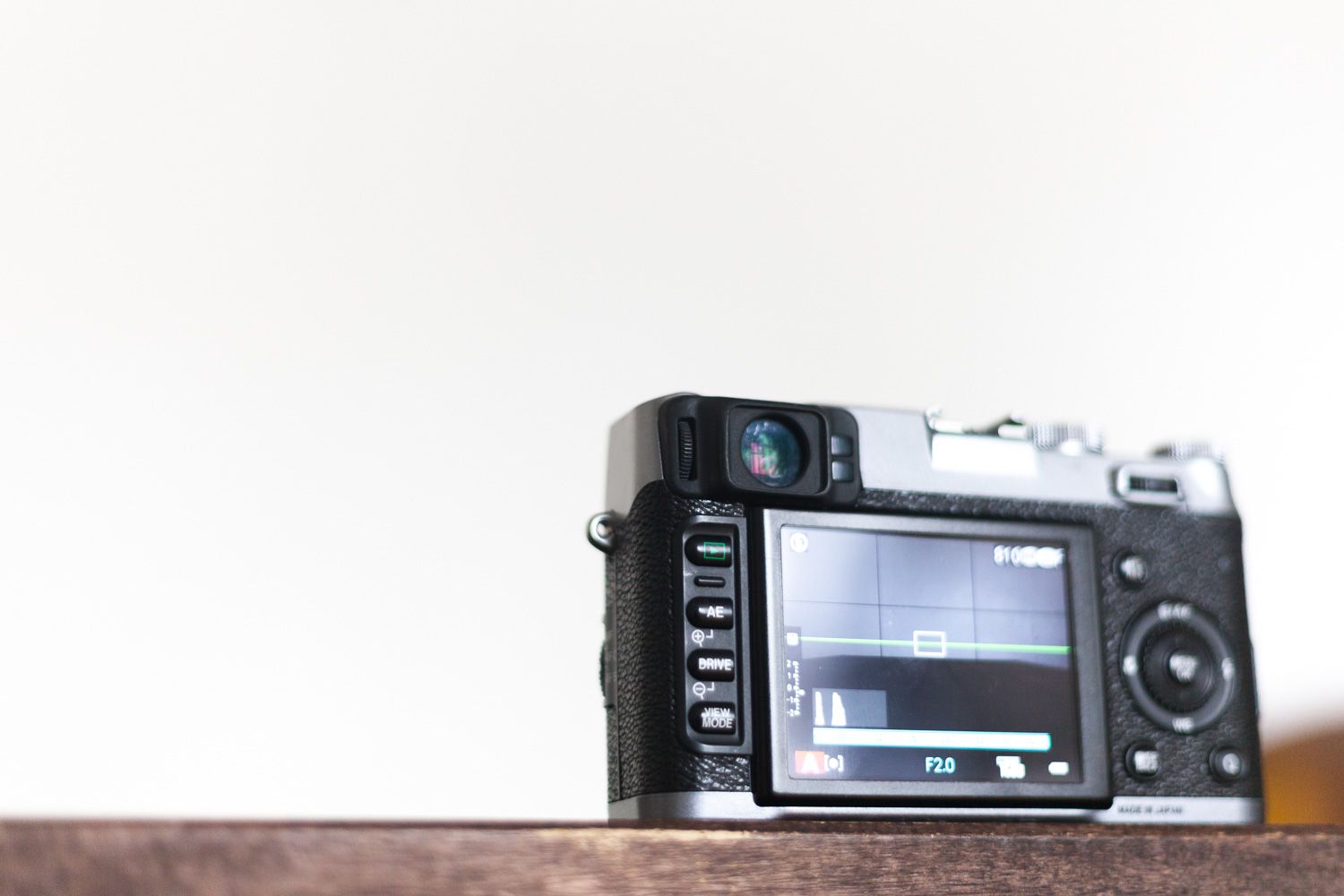
With the Fuji, it really doesn’t matter since it offers both in the same body without additional attachments—a remarkable feat that further emphasizes the professional intent behind its design.
I don’t like the optical viewfinder very much, but the EVF feels like magic coming from my 5D. The ability to immediately see the results of my setting tweaks has meant fewer accidental misfires and an improvement in my understanding of how those settings interact to create the final image.
Aperture, shutter speed, ISO…these are all terms that photographers become familiar with intellectually, but there’s something about being able to witness their influence in realtime that speeds up the transition from raw knowledge to intuitive understanding.
The EVF also facilitates the two manual focus assist modes. One is the familiar focus peaking that users of most modern digital cameras will recognize (as a Canon user I have to turn to Magic Lantern to enable this functionality).
The second is a kind of picture-in-picture system that Fuji calls “Digital Split Image”, which works by splitting the centre of the image into four monochromatic bands. By adjusting the focus ring to “align” these bands, you end up achieving focus. It’s a difficult concept to explain in words, but the end result is a useful way to take advantage of the on-sensor phase detection.
Personally, I favour the focus peaking option since I find it faster and easier to discern in more shooting situations.
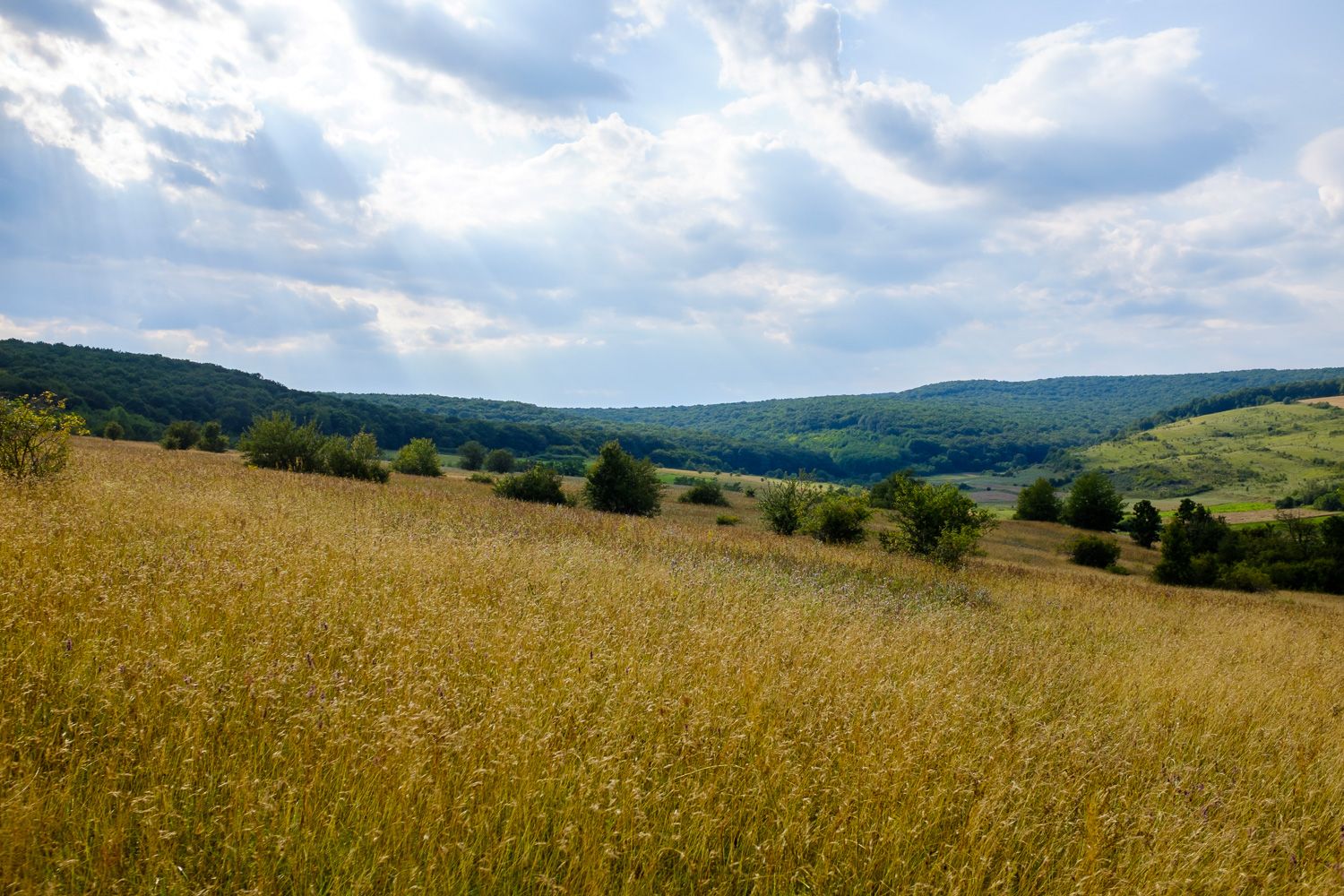
Another of Fuji’s ideas was to offer a built-in neutral density filter, which allows you to quickly toggle about 3 stops of light out of your exposure. In practise, this is most useful when shooting outdoors on a sunny day, since it enables you to open the aperture wider (lower f-stop number) and get shallower depths of field without blowing all the highlights.
I have configured my Function button to toggle this ND filter, since I find myself encountering the situation above fairly frequently.
There is no WiFi or GPS on the X100S, both of which are features that I’ve never owned on a camera but am increasingly jealous of. The successor to the X100S, the X100T, brings in the WiFi component, and they could easily follow Olympus’ lead and make it possible for the companion smartphone app to geotag photos while connected. There’s no sense adding two battery-draining components when one can be used to accomplish both tasks.
I see the absence of GPS/WiFi as a reflection of Fuji’s dedication to optimizing the X100S for shooting when it was released, rather than sharing. Do one thing well, after all.
Even without those two features, the X100S remains a very capable digital camera.
The Little Sensor That Could
Fuji is known for having a somewhat atypical sensor system (called X-Trans), and rather than rehashing the technical details, I want to discuss how the sensor impacts the images.
Coming from the 5D MKII, I am theoretically downgrading in two ways: I am stepping back from a full-frame sensor to an APS-C crop, and I am losing several megapixels worth of resolution.
The first aspect of that change, the sensor size difference, affects how much light the sensor can pull in at equivalent settings, the ease of attaining very shallow depth of field, and the ability to control noise at high ISOs.
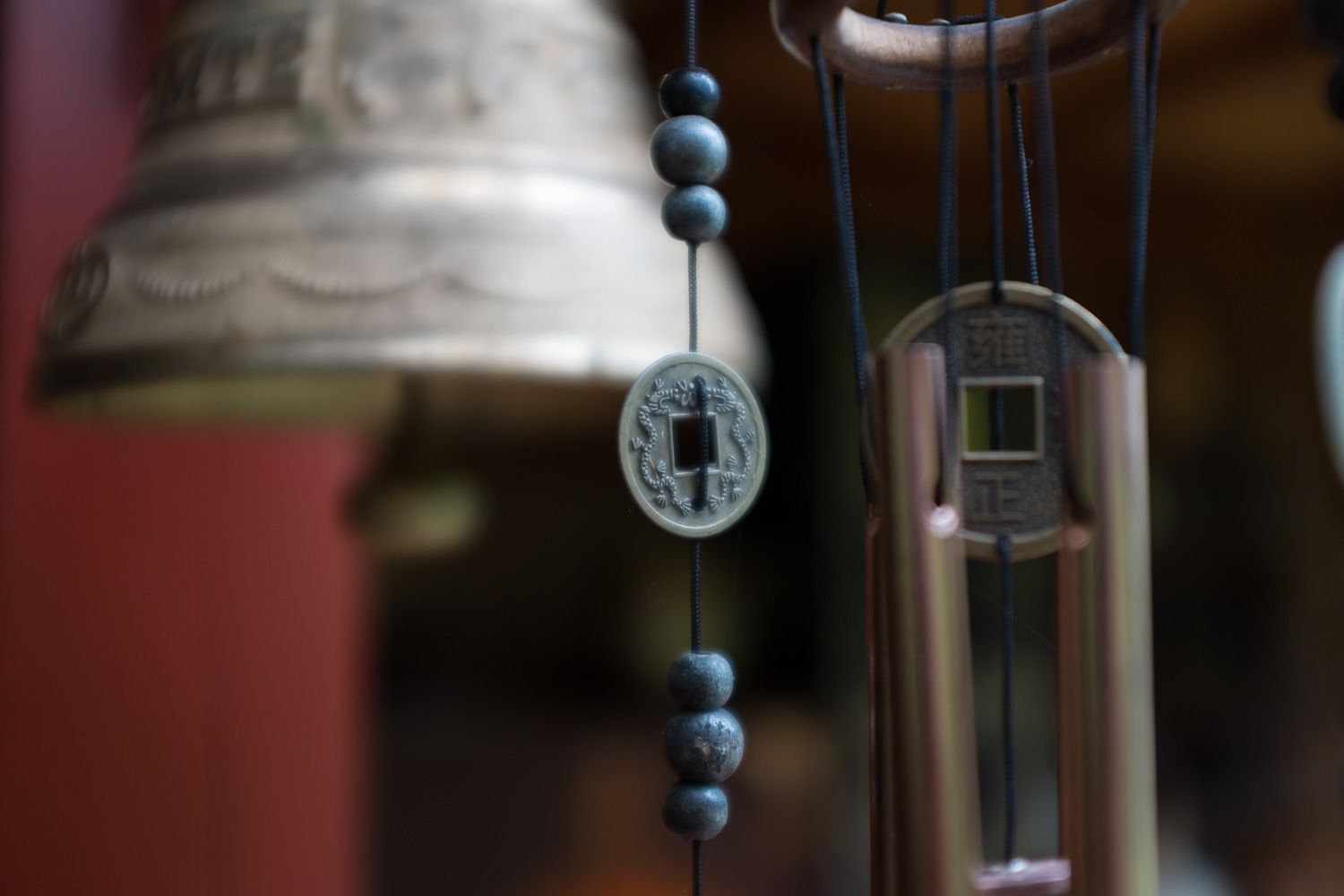
By the way, I find the noise on Fuji’s files to be quite pleasing, and I’m often tempted to leave more of it in than I typically would.
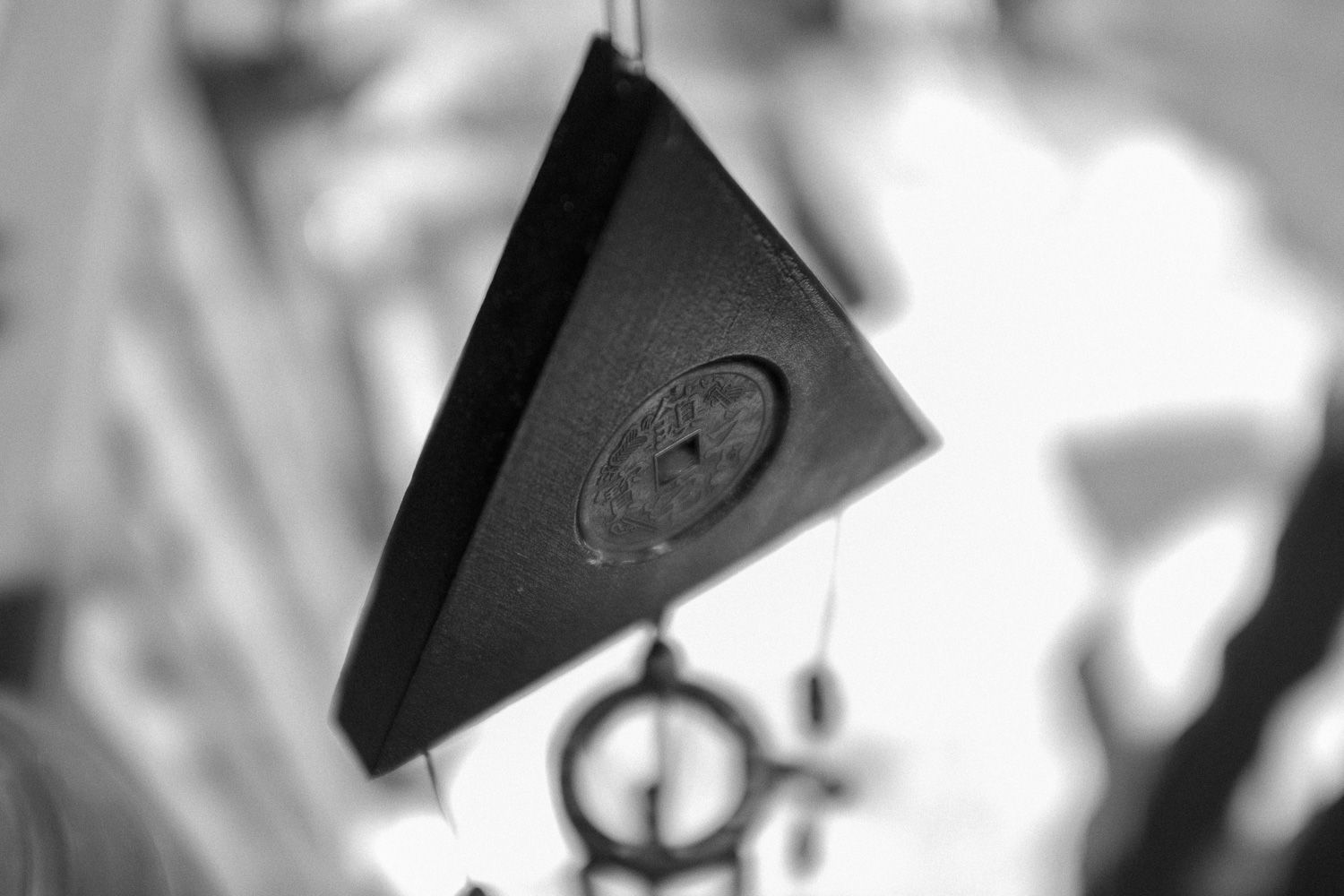
I miss the ability to very easily get shallow depths of field (“bokeh” for friends), but at the same time I’m relieved to have taken those training wheels off. Don’t get me wrong, I love that look, but with a full frame camera it’s just stupidly easy to produce images that pop. You barely have to work for it, and you certainly don’t have to take a photo of anything meaningful in order to make it look impressive.
Easy bokeh is handy if you’re trying to superficially wow people, but not so appealing if you’re trying to make images with some genuine depth and lasting impact.
The transition has been kind of jarring, but in a good way—I feel pushed to make more use of my skills, to use good framing, and good lighting to compose images rather than relying on the magic effect of shallow depth of field.
The other component, the sensor’s resolution, impacts the size of print that I can reasonably expect to get from a camera. It turns out that this means very little to me since most of my photography ends up printed at smaller sizes or posted on the internet where the resolution is a non-issue.
To put things in perspective, the wave of 4K displays emerging on the market have a resolution of around 4,000 x 2,160 (depending on the specific format), which is four times more than standard 1080p HD…the equivalent of just 8MP. The X100S shoots images at twice that resolution to get its 16MP rating, so I can comfortably say that I’m not worried about this.
The only way in which the resolution could potentially impact me is in the limited amount of cropping I can do, but I almost never find myself performing severe crops on images, so I don’t feel limited.
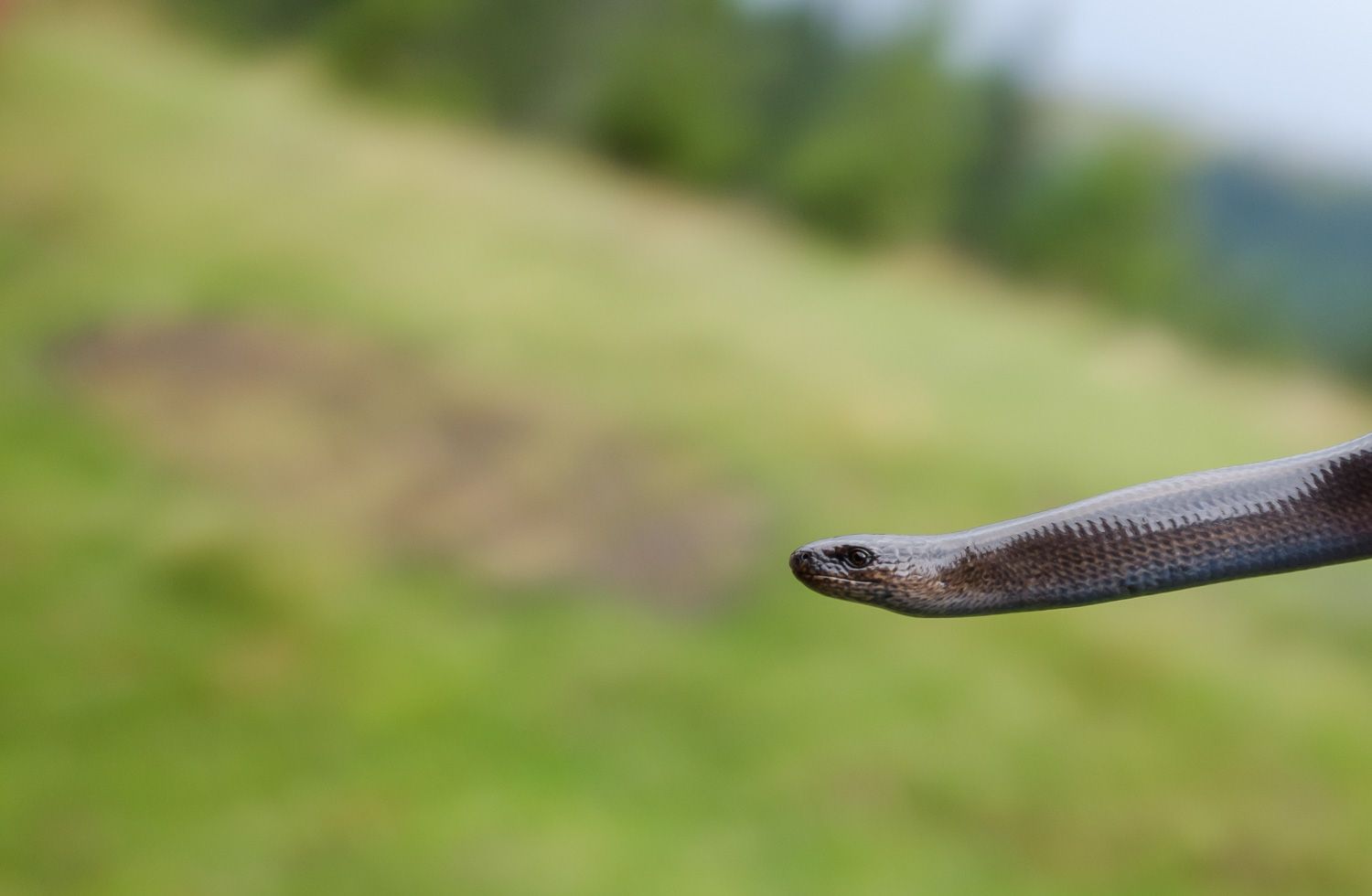
For the X100S, Fuji updated X-Trans in a number of ways, one of which was removing the optical low-pass filter that defends typical sensors against the effects of moiré distortion at the expense of detail.
As a result, the X100S takes noticeably sharper photos than its predecessor, and the signal processing has been improved to make the autofocus quicker.
Unfortunately, autofocus speed is still a point of weakness for Fuji compared to its competitors, and a camera like the X100S simply cannot keep up with any real sports or wildlife photographer’s needs—but it isn’t designed to.
Sadly, it’s also not always fast enough to track the motion of children or pets, which may restrict its audience even further.
That being said, it’s not what I would call frustratingly slow. As with anything else, you adapt and work around it. To be honest, I didn’t consider the X100S’ autofocus particularly slow at all until I played with its big brother, the Fuji X-T1, and its direct competitor the Olympus OM-D EM-1. The latter in particular focuses almost frighteningly fast.
Shooting With the X100S
When I take the X100S out to shoot, I use it very differently than my 5D MKII. For one thing, I tend to shoot fully manual in most cases.
Shooting manual goes back to that sense of involvement in the process of making good photos, but it’s also less of a speed impediment than I expected.
With my Canon, I would most often shoot in Aperture priority mode, but I’d find myself repeating a shot after adjusting some settings because the exposure didn’t turn out the way I had expected. When I’m using the Fuji, that first image never happens and I jump directly to crafting the exposure as I’d like it to be.
Perhaps it’s something to do with the manual controls for the basic settings, but I find this to be a much nicer way of working. It also means that instead of “working the scene” in terms of exposure, I can focus on examining it from different perspectives and exploring its composition.
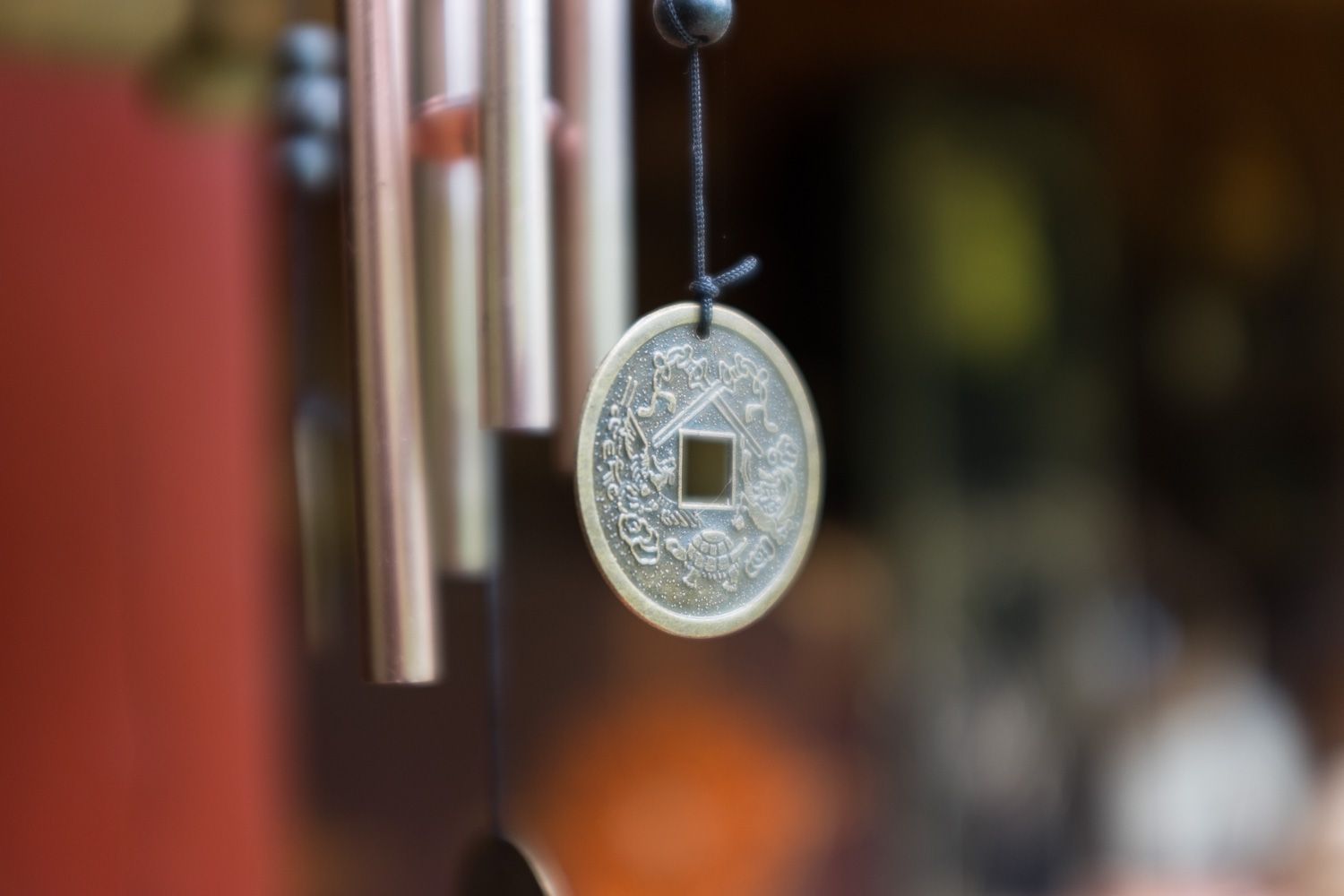
Many reviews have noted the reaction of the public to seeing a camera like this, and my own experiences have mostly mirrored theirs; people mistake it for an old film rangefinder (if they notice it at all), and it’s much easier to be surreptitious when taking photos on the street.
Compared to carrying my Canon around, the Fuji gets noticed far less often, but when it is noticed it seems to provoke more questions and double-takes. It’s less familiar, and people are curious—that’s a digital camera? What’s the zoom on it? (sic)
The Photos
The crux of any judgement about a camera is going to hinge on the quality of its output. There are two major things I noticed almost immediately about the images I get out of the X100S.
First and foremost, I have a lot less work to do in the editing stage. This was most noticeable in the realm of colour reproduction, as I was used to having to work around Canon’s interpretation of a scene. Anyone who’s shot with Canon bodies will probably be familiar with what I like to call the “Cheez-wiz” effect: the awful orange colour cast that Canon’s auto white balance settings tend toward, especially indoors.
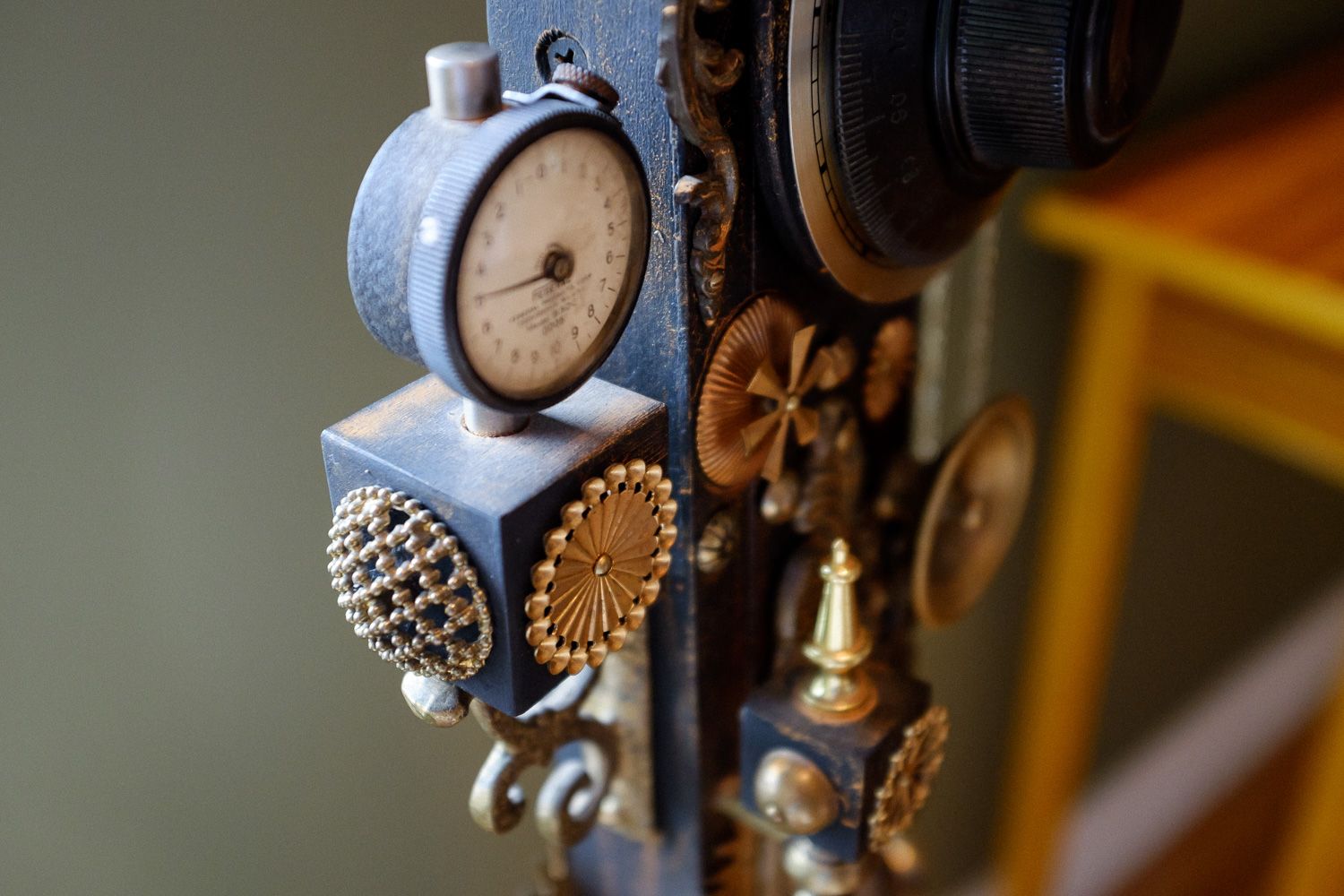
Beyond that, I was happy to discover that I needed to make fewer adjustments to get accurate colours out of the Fuji files. Using Lightroom and its Fuji camera profiles, I was able to cut down tweaking time significantly—getting the image I want is often as easy as importing it and selecting the “Astia” profile (which is what I primarily use in-camera as well).
Whether it’s because of their extensive experience producing film or simply a different aesthetic that appeals to me more, I am absolutely thrilled with the way that Fuji images look. They have a certain character to them straight out of the camera that is pleasing and evocative without being ostentatious. I’ve heard others describe the files as looking more like film, and I agree with that, but I also want to point out that the slightly filmic look does not come at the expense of the crisp detail we’ve come to expect from digital cameras.
Of course, colour accuracy matters most when dealing with JPEGs, since white balance is a moot point when shooting RAW…which brings me to my second major take-away from the Fuji images: I’m happy to use the out-of-camera JPEGs way more often than I ever expected.
Sure, I continue to shoot RAW files as well, but in RAW+JPEG I find myself perfectly happy with Fuji’s own JPEGs more often than not. This speaks volumes about Fuji’s processing algorithms, and if only the X100S had that WiFi connectivity I mentioned earlier, it would make an ideal camera for quickly offloading an image to my iPhone for posting to Instagram or elsewhere.
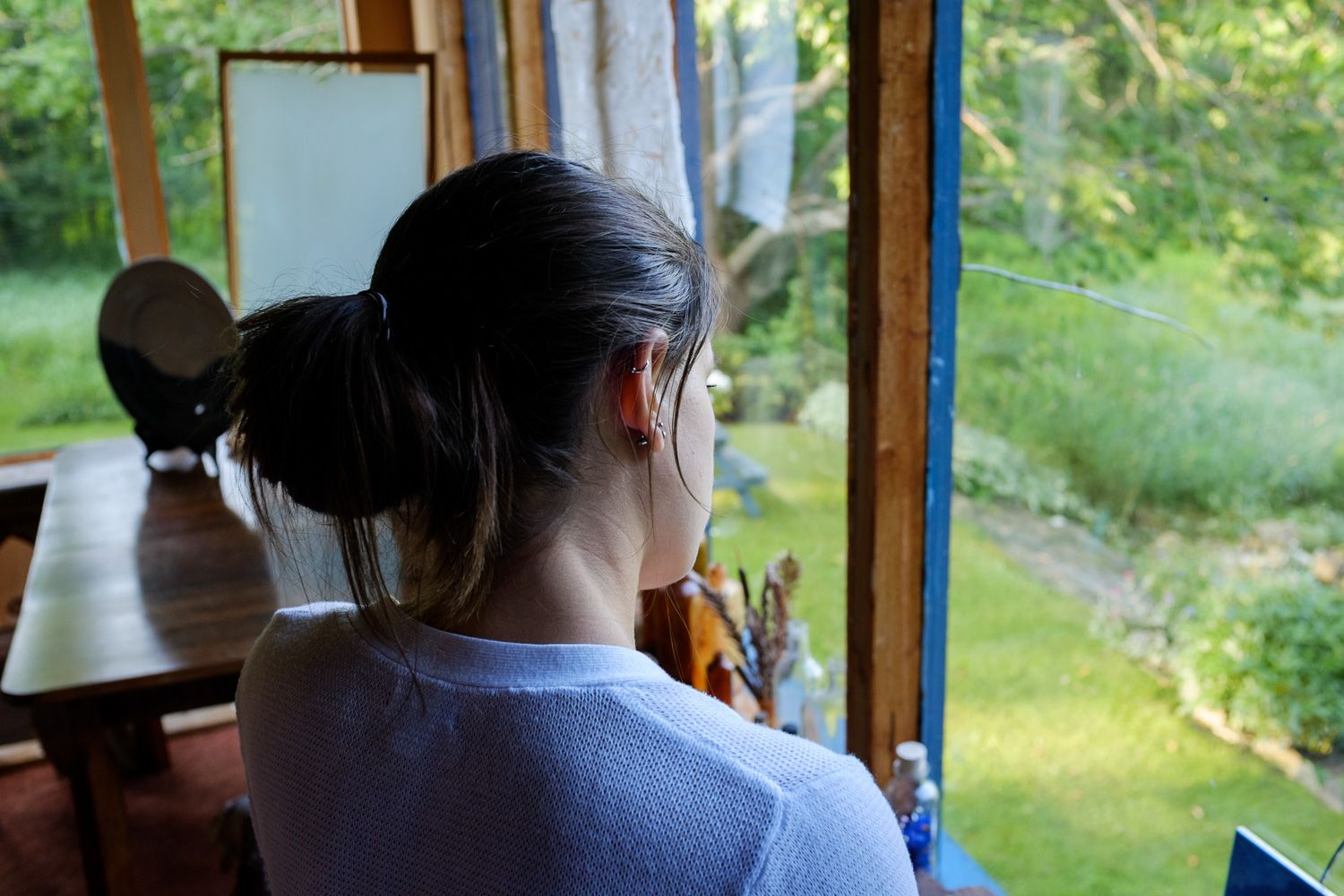
Supplementary Thoughts: Battery, Updates, Ecosystem
One of my biggest concerns about working with mirror-less cameras was the battery life. I’d heard various horror stories about how terrible it could be, and indeed the battery life is significantly less on the Fuji than on my 5D, unsurprisingly.
In my trade, I received the Fuji along with several extra batteries, so at any given time I have at least three with me (one in the camera and two ready to go), but my biggest battery complaint actually has nothing to do with longevity.
The Fuji X100S is deceptive about reporting its battery life. The indicator has two states: full and almost empty. You’ll go 300 shots with the indicator saying you’re at full charge, and then it will spontaneously drop to a single bar, at which point you have maybe 20 shots left before your charge is extinguished.
A more granular indication of battery charge would be very much appreciated, and it’s something I would have thought possible to address via firmware update—no such luck yet.
Speaking of firmware updates, another pleasant surprise coming from Canon was the frequency and extensiveness of the firmware updates. I’ve seen at least two since I got the camera, and they’ve been meaningful updates—speed improvements, extra features, refinements…a far cry from the obscure bug fixes pushed down from Canon HQ once in a blue moon.
It appears as though this is the norm for Fuji, and it’s an attitude that I admire greatly. Ongoing support for cameras is crucial to their long-term appeal; most people can’t afford to buy new camera gear very often, especially professional equipment, so every purchase is an investment that must be honoured by the manufacturer. I think that’s a reasonable expectation, at least for a few years after release.
The fact that Fuji is still releasing updates even for the original X100 makes me feel like they’re on the same page.
Less Gear, More Photos
If there’s one thing that owning the Fuji has taught me, it’s that it’s very easy to get caught up in having more and more gear, but none of that results in more photos if it isn’t encouraging you to get out there and shoot.
I’ve learned, for instance, that I don’t need different lenses and focal lengths as much as I thought I did. I also realized that a camera with a superb prime lens that’s specifically paired with a body makes for a deadly combination for sharpness, quality, and simplicity.
I would love to experience that combination on Sony’s RX1 or RX1R, for example, but for those of us with lighter wallets the Fuji X100S offers many of the same advantages, and even some—like the built-in EVF—that the RX1 can’t match.
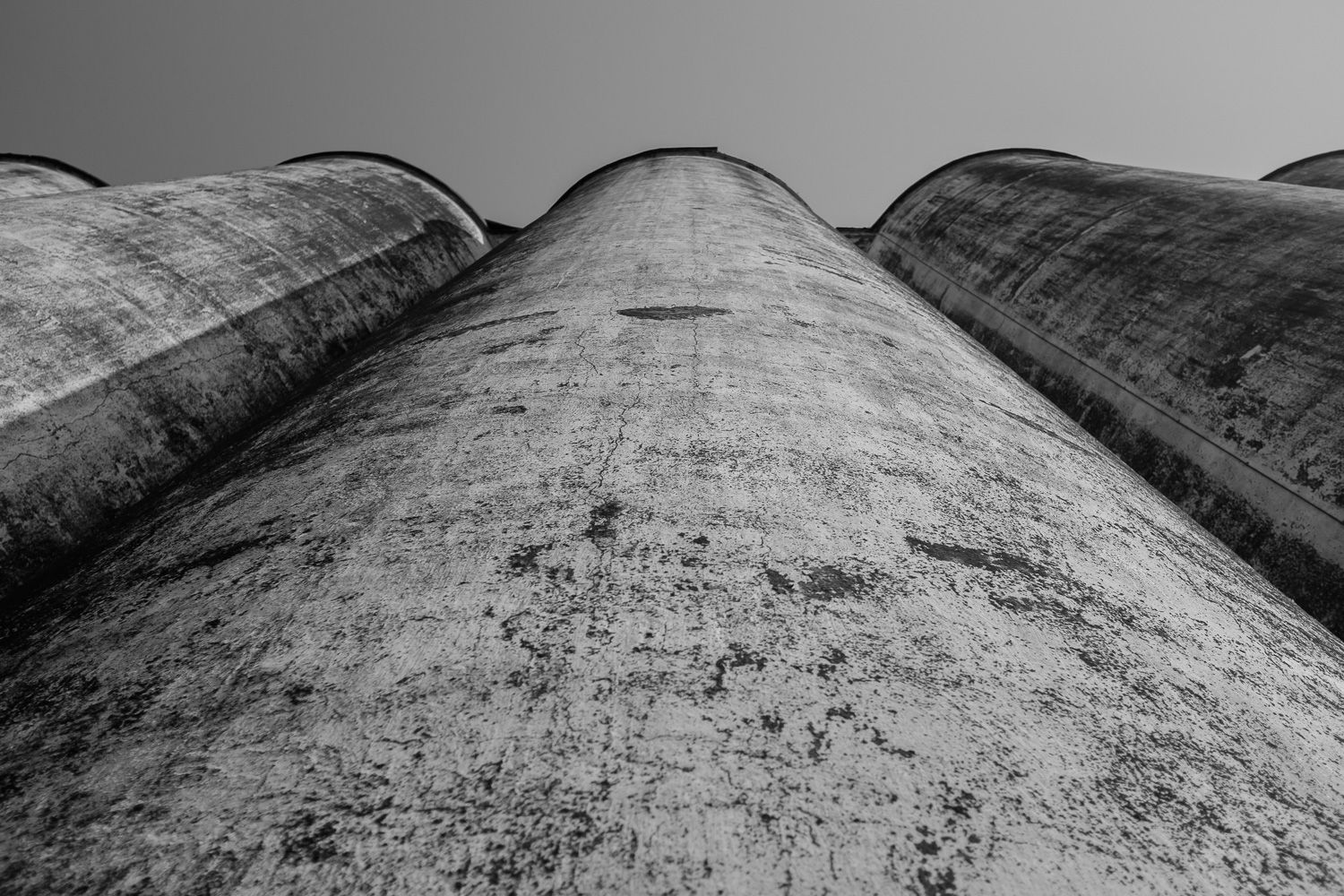
Through and through, the Fuji X100S is a photographer’s camera. As I’m writing this, the X100T—its successor—is nearing its launch. If Fuji has managed to refine the concept as significantly as they did from the original X100 to the X100S, then the T will be a worthy replacement.
In the meantime, my foray into the realm of mirror-less cameras has been eye-opening and transformative.
The 5D MKII made my photos look better. But the Fuji is helping me take better photos, and I’m grateful for that.